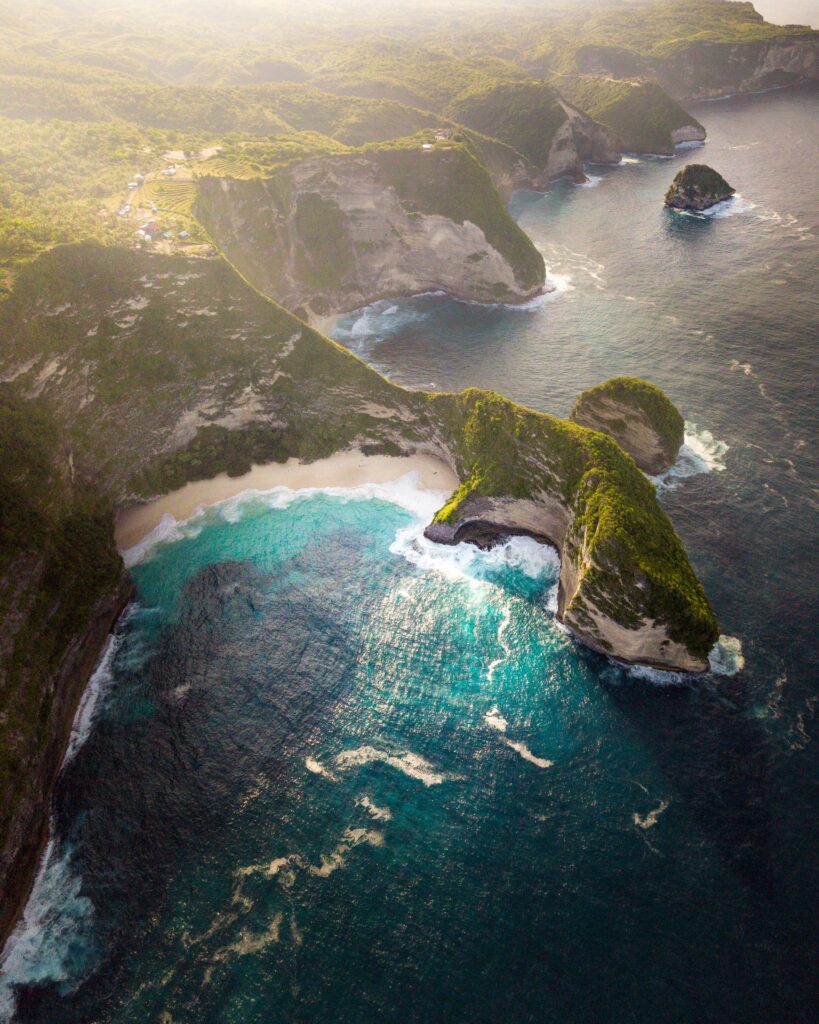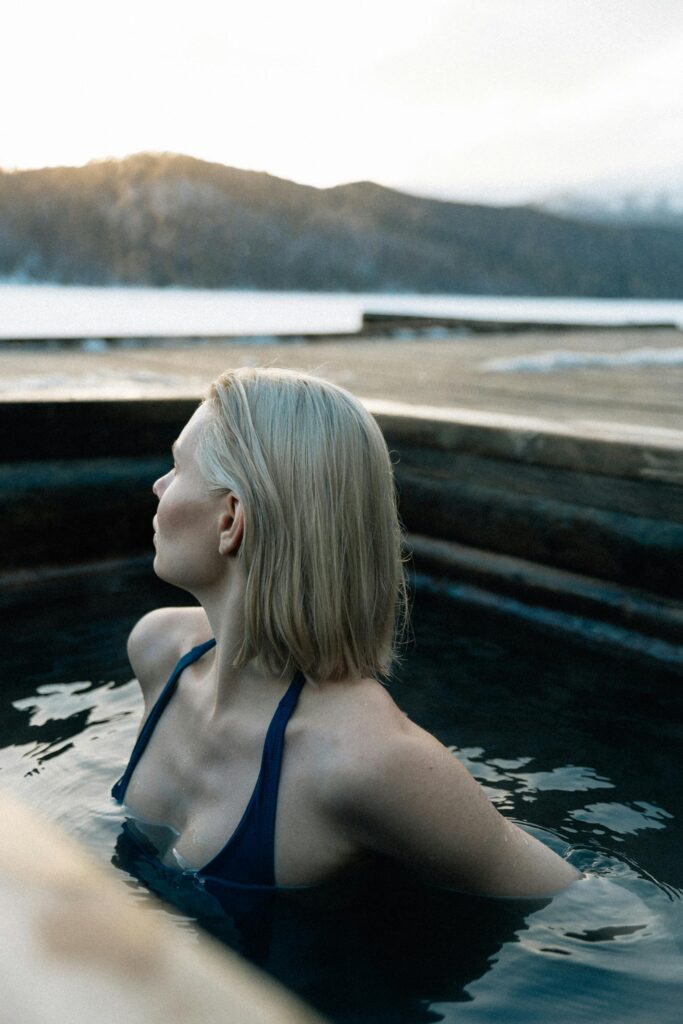
Forget overcrowded itineraries and indulgent excess. Today’s most sought-after luxury travel experiences promise peace, restoration, and personal transformation. Wellness travel – once a niche – is now the fastest-growing segment of the tourism industry, appealing to burnt-out professionals, health-conscious high earners, and elite travelers alike.
According to the Global Wellness Institute, the wellness tourism market was valued at $639 billion in 2017 and projected to reach $919 billion by 2022 (Global Wellness Institute, 2018). Post-pandemic, that growth has only accelerated, with wellness tourism expected to hit $1.3 trillion globally by 2025 (Global Wellness Institute, 2023).
Once defined by status symbols like five-star suites and gourmet excess, “luxury” now means something quieter: the luxury of time, space, and feeling whole again. Travelers are craving meaningful experiences that support their physical, emotional, and spiritual health (Virtuoso, 2023). This is especially true among high-income earners, 62% of whom say wellness is now their top travel priority (American Express Travel, 2022).
A few forces have converged to make this trend explode:
- Burnout is at a breaking point. A Deloitte study found that 77% of professionals have experienced burnout in their current roles, and 91% say unmanageable stress negatively impacts their work (Deloitte, 2022). Travel is no longer just an escape—it’s a survival strategy.
- The pandemic changed priorities. COVID-19 forced a global reset, prompting travelers to seek healing, not just holidays. Experiences that prioritize immune strength, mental clarity, and emotional resilience are in demand (McKinsey, 2021).
- Social media is glamorizing self-care. From cold plunges in Iceland to sound baths in Bali, wellness travel is now as aspirational—and photogenic—as it is healing. Influencers and celebrities have normalized the idea that luxury means investing in your inner life.

Wellness travel today blends personalized care with high-end service. Common experiences include:
– Spa and hydrotherapy: From volcanic hot springs in Costa Rica to thalassotherapy in Greece.
– Movement and mindfulness: Yoga, meditation, tai chi, and forest bathing are common offerings.
– Nutrition and biohacking: Many luxury retreats now include functional medicine doctors, personalized supplement regimens, and longevity-focused cuisine.
Some of the world’s leading wellness resorts include:
– SHA Wellness Clinic (Spain): A medically supervised retreat offering detox, weight loss, and anti-aging protocols.
– COMO Shambhala Estate (Bali): A holistic jungle sanctuary blending Ayurveda, yoga, and spiritual healing.
– Amangiri (Utah): A minimalist desert retreat attracting Hollywood elites for energetic recalibration.
Wellness travel isn’t a passing fad—it’s a cultural evolution. According to the Global Wellness Institute, travelers are increasingly shifting from “vacation as escape” to “travel as transformation” (Global Wellness Institute, 2023).
For high-performers especially, wellness is becoming a business strategy. Executives are recognizing that peak performance depends on peak health—mental, physical, and emotional. It’s no coincidence that more CEOs are attending silent retreats, or that founders are unplugging at biohacking resorts in Switzerland.
The new luxury isn’t about adding more—it’s about subtracting the noise.